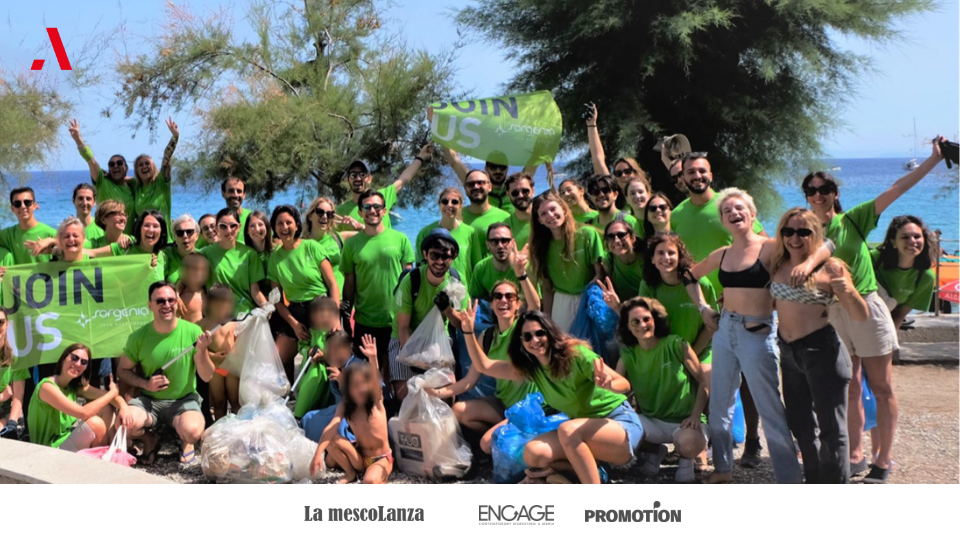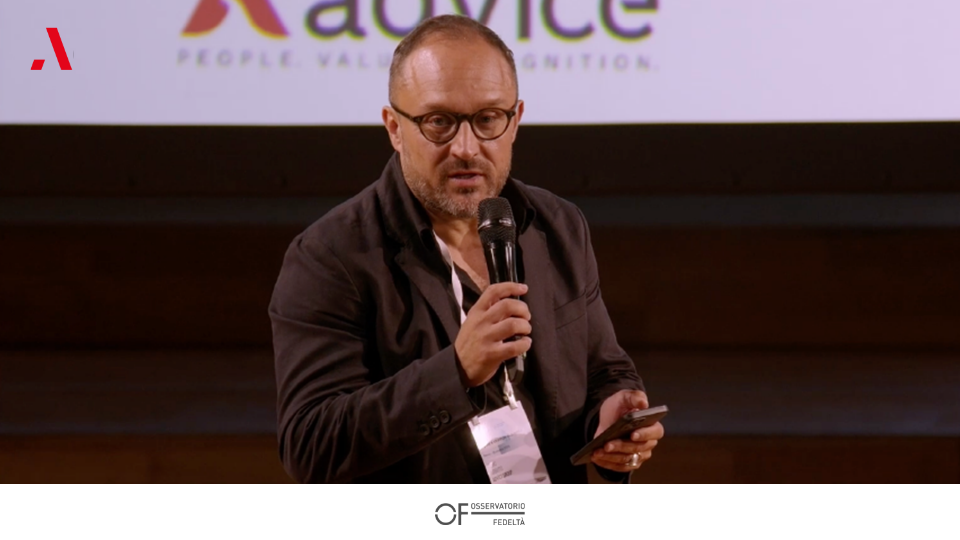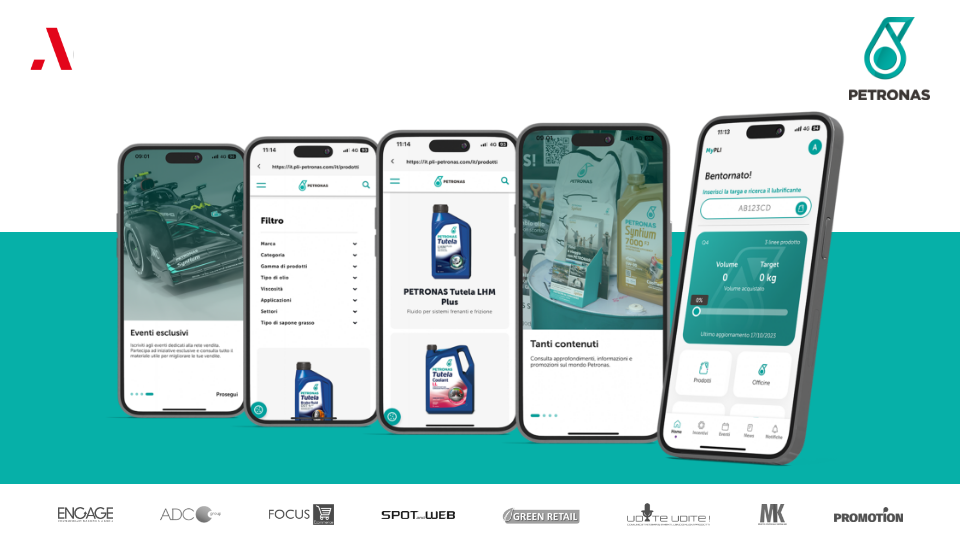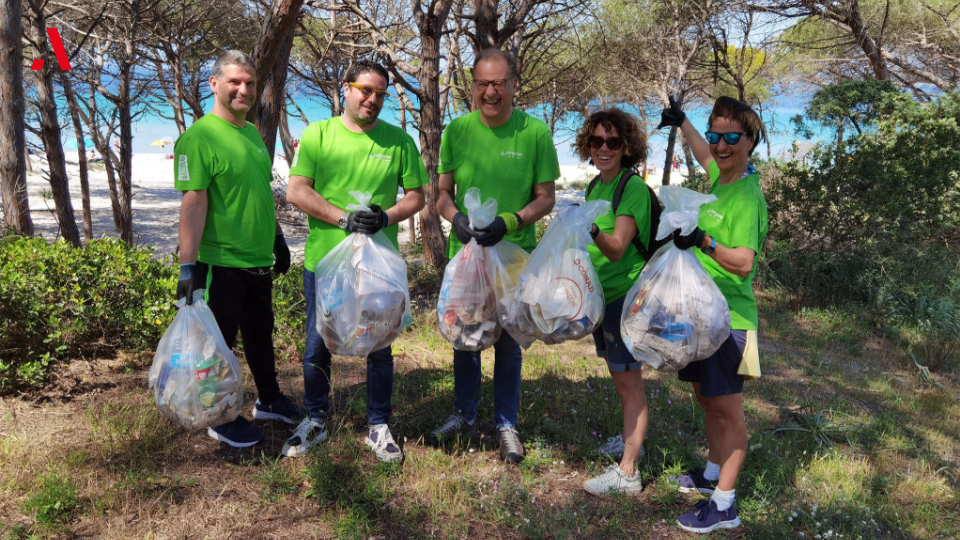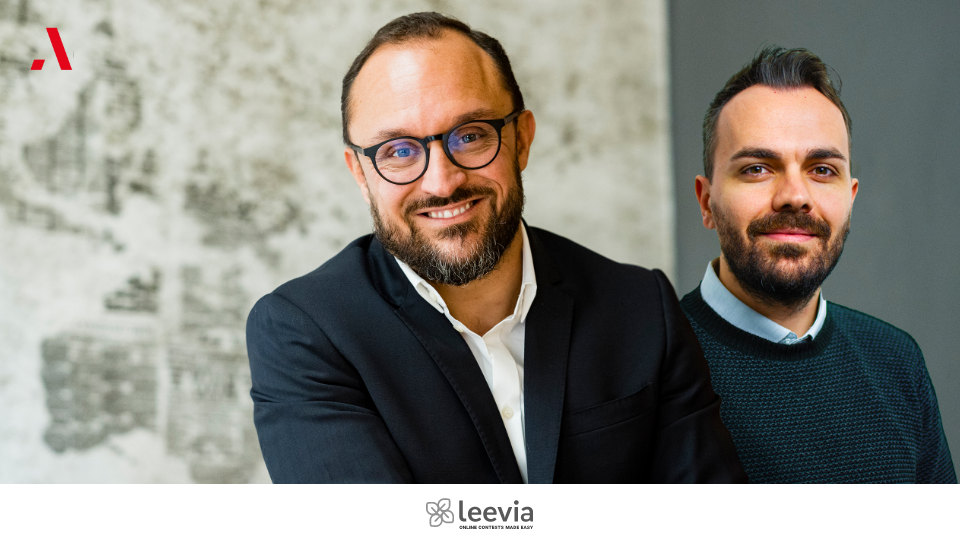How do you move from loyalty to trust in the energy sector?
Loyalty in the energy sector viewed through a concrete case study: Be Iren
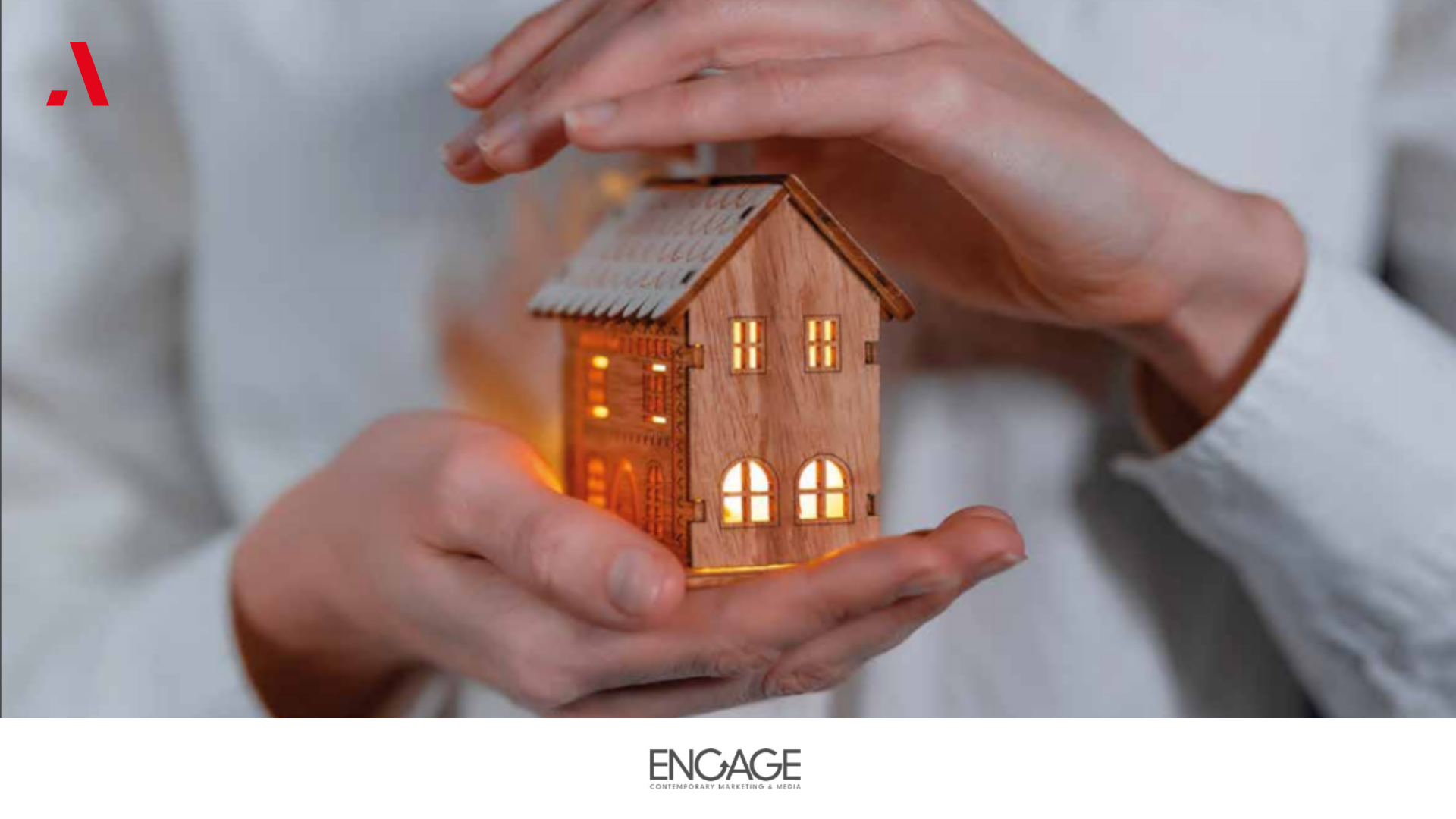
What's happening in the energy sector?
Since 2018, the energy sector has undergone a profound revolution that has affected the ways multi-utility companies relate to their customers and prospects today.
In particular, we highlight 3 trends that are guiding public engagement and relationship strategies:
The public's perception of paid services
All service companies that entail recurring payments (think of, for example, the insurance industry, leasing, etc.) have to deal with the need to tell their customers that behind each "bill to be paid" or "monthly payment" is a service of everyday utility that they actually used. These service companies, and in particular energy companies, have to constantly work to generate real awareness that this good/service is in fact essential for everyday life.
The end of the protected market
In addition to this awareness pathway, the end of the protected market has led to many families having to choose their electricity and gas provider for the first time in a particularly complex historical period, in part due to the crisis in the energy market. The dispute has mainly been over the price per kWh, but the credibility of the providers as well as the products/services, in combination with the commodity, has also played a distinctive role.
Consumers are driven by sustainability
Customers' new sensitivity to sustainability issues plays a key role. No energy provider can ask its customers to "increase their consumption" but, on the contrary, they have to suggest consuming less and better. The relationship is shifting its focus from the business value of the user to their relational value.
A concrete case study: Be Iren
Gianluca Bufo and Roberta Ponticelli, respectively the Managing Director and Marketing Manager of Iren Luce Gas e Servizi, explain how they have worked on their own market differential in their daily relationship with customers through Be Iren.


Be Iren was created to build a behavioural loyalty strategy for Iren Mercato customers in the electricity and gas segment and soon became one of the first Italian walled gardens.
Walled gardens
Walled Gardens are new loyalty ecosystems, protected and proprietary digital environments run by brands within which they can establish a valuable relationship with users based on the concepts of trust, data ownership, and recognition of mutual value. Within these systems, Iren Mercato uses relationship activation tools such as editorial content, quizzes, and surveys, as well as events... not only to stimulate customers' attention periodically and avoid dormancy, but also to offer content that can feed the user's awareness in a recursive and profound way.
Gamification and content loyalty
Be Iren is configured as a true lifestyle. Being an Iren Mercato customer means being able to access a vast ecosystem of services in a few clicks and at the same time obtain benefits within the loyalty programme. From financial services and open banking, to electric mobility and energy-saving products, everything contributes to giving value back to the user as part of their loyalty journey, beyond the programme's own activators. Interactions with people also become fluid, spontaneous, and continuous thanks to the use of gamification and content loyalty elements that stimulate attachment and generate trust.
Geocaring and sustainability
The special feature of the strategy is the attention paid to people and the local area. Value is given back to local communities through the programme. In three years, much has been done to support the local cultural circuit or the redevelopment of critical areas. The key to these projects, however, is the involvement of the Be Iren community itself: each person contributes to achieving concrete results through their daily actions.
Some of Be Iren's results
In the three years it's been running, the programme has reached very significant numbers: 20% of the customer base involved, almost 200k euros of energy cashback handed out, and over 2,000 tickets for the cultural circuit assigned. As well as more than 300k completed surveys, 1.3 million educational tips read, and over 70k pieces of editorial content consumed.
Building democratic, inclusive, and sustainable loyalty. Where do you start?
When we talk about loyalty, especially in sectors that do not entail recurring purchases, it is necessary to build relationship pathways based on reciprocity, that is, on the continuous exchange of value between the brand and the user. People have worth beyond their spending potential and this is all the more true in sectors such as energy, where consumption cannot be solicited but, on the contrary, ought to be avoided and limited in order to achieve specific sustainability goals.
In Italy, loyalty is still linked to the old cost-point model that is aimed at people with high spending targets and, therefore, actively engages 5% of a customer base. These numbers are too low to have a real impact on the ROI of a programme, which is why loyalty projects are often abandoned or considered useless by the companies themselves. Rethinking the strategy from a democratic perspective means aiming to get a larger customer base involved (at least 15% of the user base), but it also means adopting a relationship model that not only appeals to customers, but extends to prospects through collaborative projects. Loyalty is getting a new look and becoming not only a tool for retention, but also for lead generation: if people share the brand's values through concrete projects, perhaps even ones aimed at achieving particular sustainable goals, the goal of the strategy can become that of converting people from prospects to customers.
The importance of behavioural data
In this pathway, data plays a key role not only in the construction of the strategy, but also in the preliminary phase, and in the subsequent phases of the relationship and interactions with the user. Building a loyalty strategy is not necessarily the right answer in all situations, but to find out, you have to initiate a process to assess the brand's customer base, analyse the reactivity and dormancy rates, and evaluate the strategies put in place and the consistency with respect to the brand's positioning and values.
This assessment will enable you to understand the best path to help a service or product company go in the most appropriate direction through successive short-, medium-, and long-term phases.
A concrete example? After three years of operation and more than 11 million mapped behaviours, Be Iren is defining dynamic personas to subject to targeted communications to enhance marketing campaigns and commercial propositions.
… But we will tell you this story soon!





